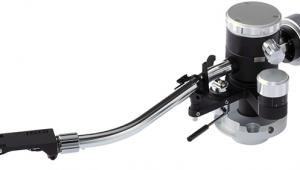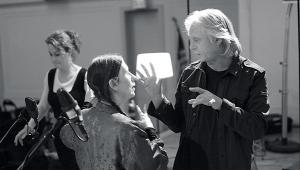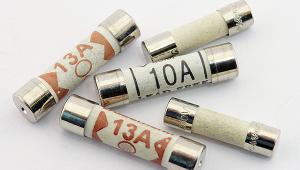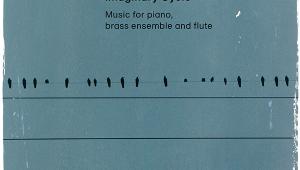Krell Illusion II/KSA-i400 Pre/Power Amplifiers Dave Goodman
Dave Goodman, Director of Product Development, explains how Krell's amplifiers have evolved from the very earliest Class A amps [HFN Aug '83] with their basic single-ended voltage-mode circuit and manually adjusted DC offset and output stage biasing. 'Our Current Mode circuitry made its debut in the FPB series of amplifiers', says Dave. 'By operating in current- rather than traditional voltage-mode the circuitry is less affected by capacitance and its bandwidth is opened up. A key circuit element, the current mirror, has been improved in each generation of Krell amplifiers, resulting in lower distortion and better sound quality. Sym-Max, our latest technology, also suppresses even-order harmonic distortions by adjusting out gain differences in the positive and negative halves of the complementary circuitry.'
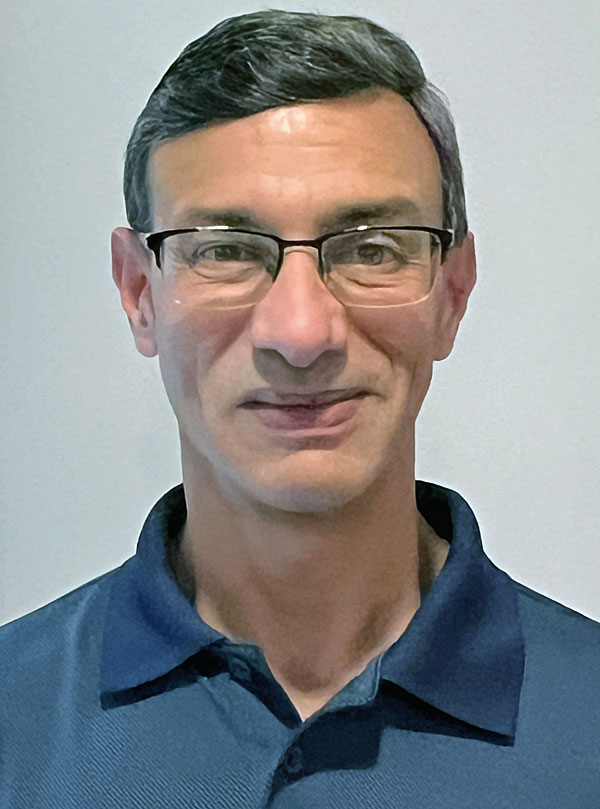
Krell's Class A biasing remains the foundation of its amps. 'In the KSA-150/250 series we replaced manual with auto biasing but only with Sustained Plateau Bias, introduced in the KAS amplifier, did we address the efficiency/waste heat problem by stepping the bias up or down in discrete levels based on the signal level and load.'
Sliding bias schemes 'peaked' in the '80s, but Krell has pushed the tech further. 'Digitally calibrated bias levels were introduced in the FPB series while iBias – a fundamentally different and more accurate method of Class A biasing – was first used in the Chorus/Duo/Solo series', confirms Dave. 'Since iBias is a continuously variable system it is also more efficient than Sustained Plateau Bias.' PM




























